New Zealand Part One - Christchurch Before and After
03 August 2015
New Zealand, more specifically the South Island, has always been a favourite destination for my family. Georgous landscapes, wonderful hospitality, reasonable prices and the three and a half hour flight makes a short getaway achieveable. Our last trip was between the September 4, 2010 earthquake and the 22nd February, 2011 earthquake. The beautiful city of Christchurch had sustained considerable damage but was by in large still standing. I recall walking around the perimeter of roped off areas thinking how quickly a building can be reduced to rubble and how indescriminate the destruction was with one building catastophically damaged beside seemingly untouched buildings. Later that evening I was awoken to one of the many aftershocks Christchurch residents experienced. Minor as it was the reality that Christchurch was still very much at risk of further damage was sobering. Fast forward to 22nd February, 2011 at 12.51pm and Christchurch expereinces a 6.3 magnitude quake at a depth of just 5km, killing 185 people. The devasting news and images are streamed across the world as emergency services flood into the region to assist in the rescue and recovery mission. Despite our sporting rivalry Australia and New Zealand have strong connections with many family and friends in the neighbouring countries and it was with a sense of helplessness that we were glued to the television hoping for miracles.
So with the passing of time (just over four years) since the last major earthquake I was looking forward to seeing how Christchurch was rebuilding. With my husband at a business conference I took myself into the City Centre. Passing Hagley Park I had to stop and photograph the almost bare trees that were blanketed in the morning mist. The knarly black branches amongst the mist gave an eerie yet beautiful feel.
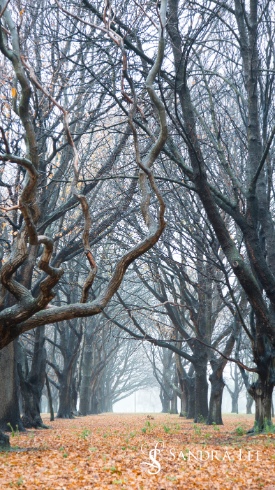
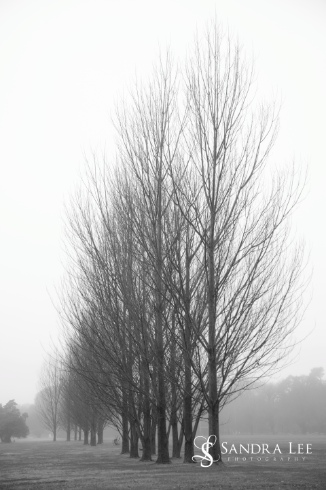
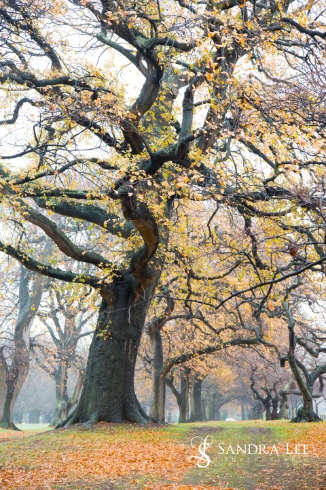
I then followed the usual route into the City Centre following the signs to the one way street system and almost immediately became disoriented as I searched for familiar landmarks. Christchurch was never a City like Melbourne or Sydney with its relatively low rise buildings however I was surprised by the distinct lack of buildings of any kind. Both historic and modern buildings had been replaced by carparks and vacant lots. I eventually parked in a vacant lot next to the Tram Terminus (parking $5 for the whole day) and headed towards the Cathedral.
I was aware the the Cathedral has suffered damage and there were some ongoing issues surrounding its rebuild or demolition but nothing prepared me for not only the extent of the damage but the lack of anything in Cathedral Square being recognisable. It was extremely quiet, no usual sounds of a city, with the handful of visitors to the site moving slowly and respectfully. The mist still hadn't lifted and I found myself standing in front of the Cathedral, tears running down my face and not really knowing what to do next.
I took a couple of quick pics but felt like I was intruding or being disrespectful so turned and walked away.
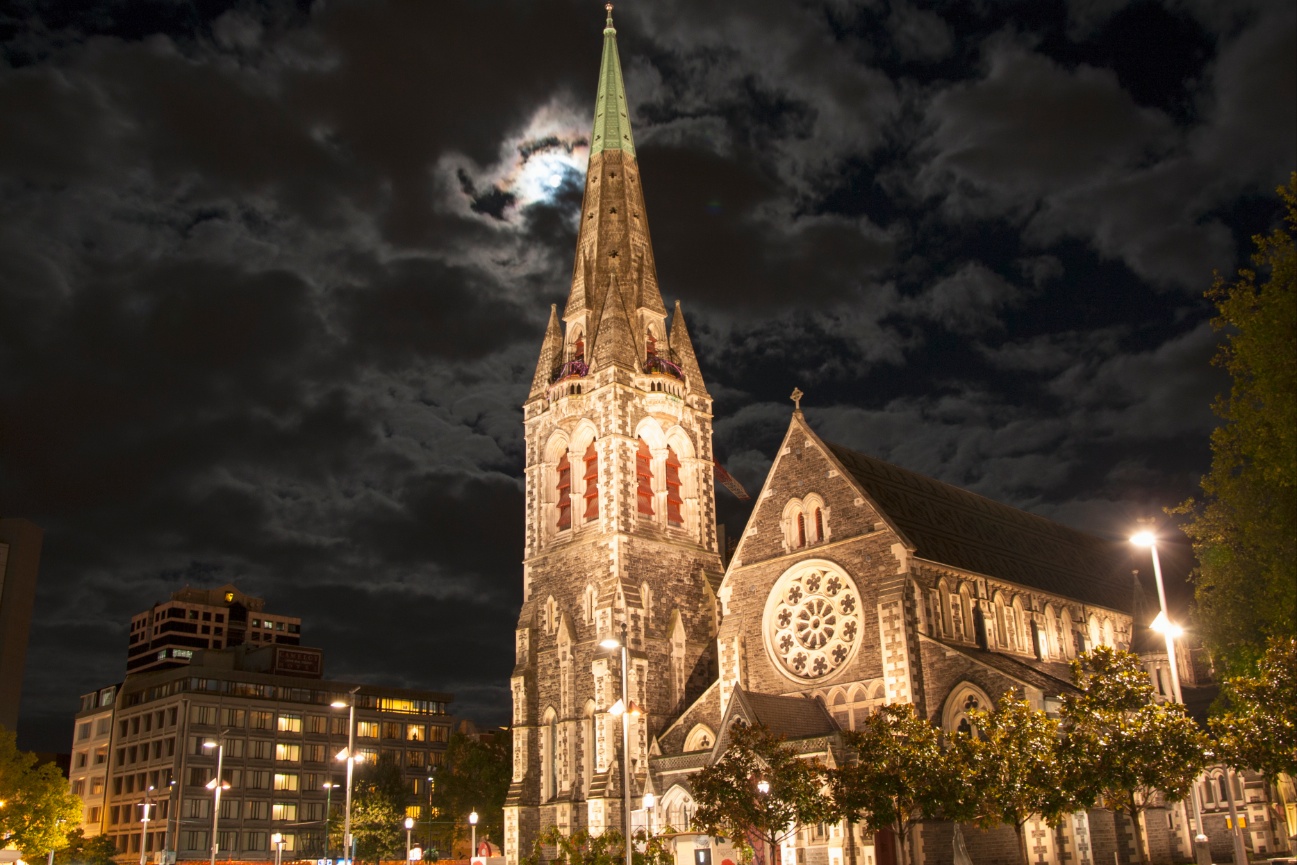

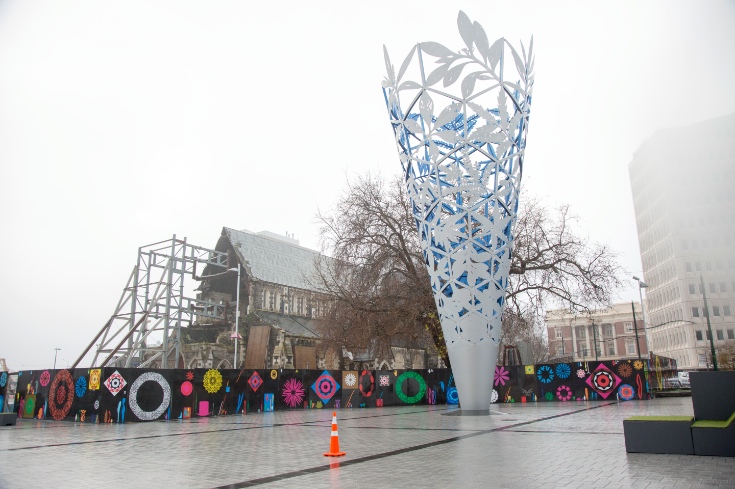
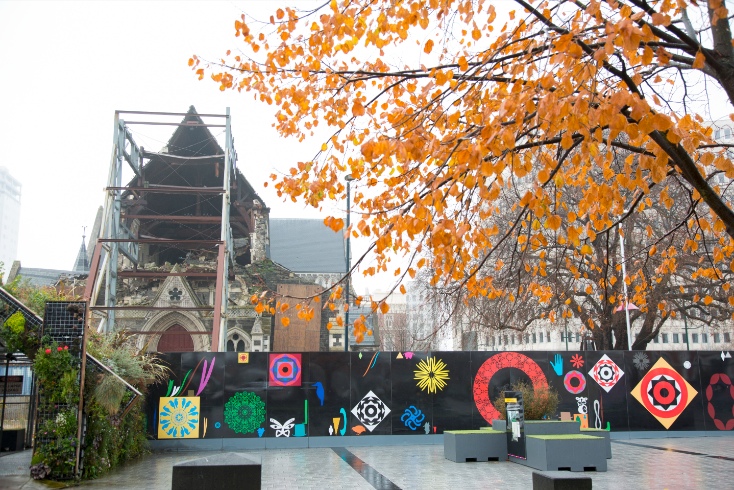

After walking around for a bit trying to find a coffee shop I ended up back where I parked the car at the tram terminus and had coffee there before leaving the City feeling disillusioned.
Dinner that evening was with some of the wives of those attending the conference with my husband. Thank you Janice for welcoming me into your home and Rachel for being my taxi - your hospitality was very much appreciated and your insight into how Christchurch is recovering was enlightening. I recounted my days activities and learnt that the future of the Cathedral is in dispute with the Anglican Church looking to demolish the building and replace it with a new structure while a number of groups continue to oppose the move in favour of restoration. It is currently in limbo pending further legal action.
When describing my bewilderment at the lack of progress regarding the rebuilding of Christchurch Janice said, 'I recall the mayor speaking after the Los Angeles earthquake that he expects it will take 10 years to rebuid the City. I don't think I will see Christchurch rebuilt within my lifetime.'
Sharing their experiences, Rachel recalls feeling like they had 'dodged a bullet' after the September quake - the City had suffered a major quake but striking in the early hours of the morning meant most people were in bed and the streets were largely deserted resulting in no loss of life. The February quake shattered all that.
While not directly in the path of the quake, both Rachel and Janices homes sustained damaged and they described their frustration at the delays and arguments in receiving payment for repairs from the Earthquake Commission. They also described the unacceptable situation where some homes were still having to use temporary toilet facilities. I sensed that the solidarity and resilence evident immediately following the quake and for months if not years has been replaced with frustration and lack of confidence and hope. I couldn't help but think the Cathedral represents so much more than a damaged building.
The following day I decided to return to the City to visit Quake City - which is an attraction developed to educate and inform New Zealanders and international tourists about the earthquakes. Once again I parked behind the Cathedral but headed in the opposite direction where I discovered more vacant land, damaged buildings, shipping containers, roads under repair and construction most of which was still below ground level.
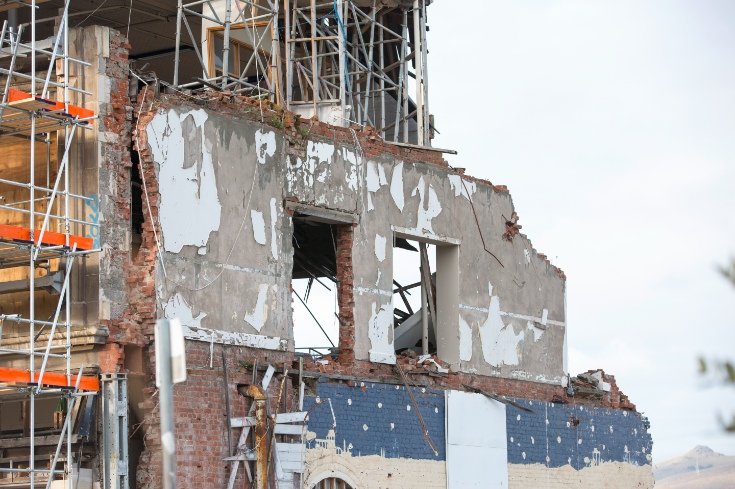
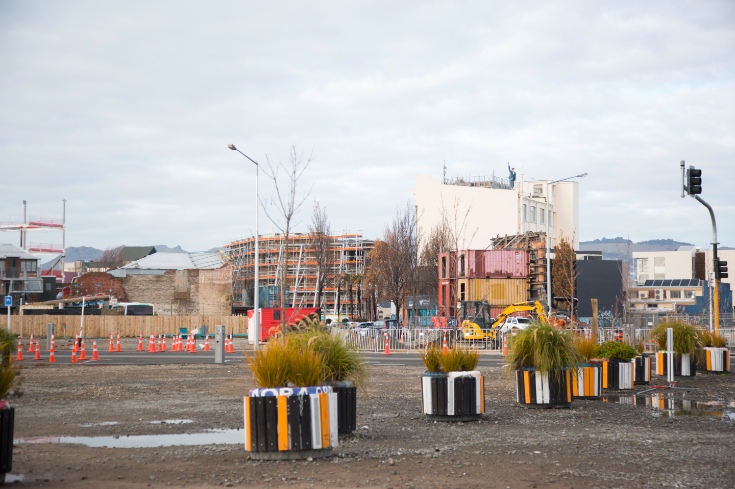
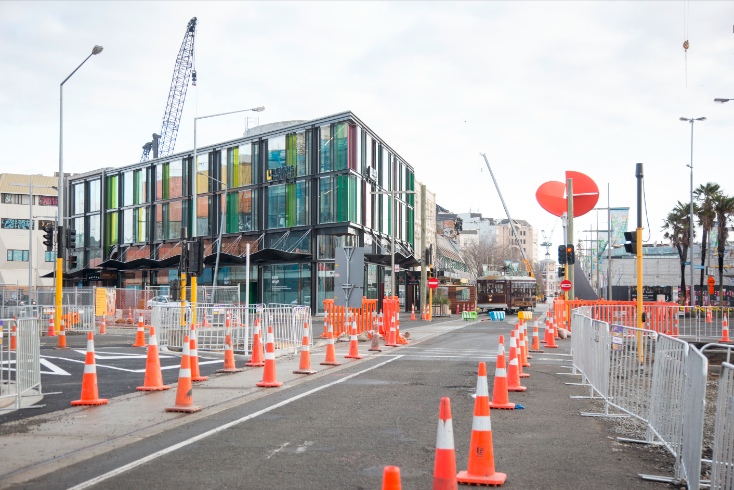
.
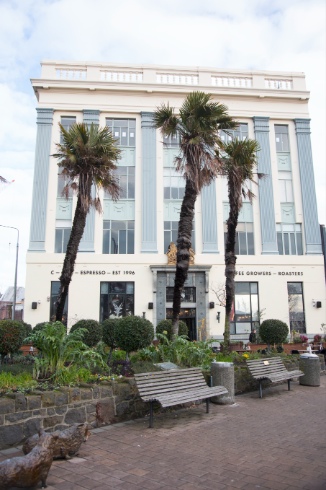
In my search to find Quake City I came across this building. It arose from the rubble and construction as an oasis (palm trees and all) - I'm not sure whether it was undamaged or repaired but it was completely out of character for the area. I dared not hope that the building displaying the sign C-One Espresso was actually an operational coffee shop as there wasn't a person in sight in the surrounding roads and there were no customers seated at the table and chairs outside.
As I got closer I could see some movement inside and I had a glimmer of hope of being able to get a decent coffee. Opening the doors I couldn't be more surprised. C-One Espresso was a happening place and it was packed. It had a warm, welcoming and eclectic feel with booths, pin ball machines, superhero artwork, coffee accessories and exposed pipes. Combine the ambience with great coffee and friendly service it was up there with some of Melbourne's best coffee shops.
Sipping my extra hot cappacino I picked up the Weekend Express to find it littered with headlines and articles about the delays in the rebuild of Christchurch. The total rebuild cost had risen to $46 billion . Arguments between the Government, Council and Earthquake Commission threaten the completion of the Convention Centre that is due to host an 800 delgate convention in November 2018.
The Cathedral's future was discussed along with the delays in repairs to the 'horizontal infrasture'. Horizonatal Infrastructure is one of the many terms I have now become familiar with and describes infrastructure that includes pipes, sewers, roads and bridges. One of the delays in repairing the horizonal infrastructure is that the Earthquake Commission will apparently pay for the replacement of pipes however this does not cover the costs of new and improved pipes that have been developed to prevent damage should Christchurch be subjected to futher earthquakes.
Coffee over I headed to Restart Mall which is where Quake City is located. I quickly discovered there are many uses for the humble shipping container. They were not only used to support buildings but each of the store in Restart Mall were located in shipping containers - from the post office and bank to clothing stores and coffee shops. The only recognisable building to me was Ballantynes (a bit like Myer) at the end of the mall. While there was more activity in Restart Mall than anywhere else in Christchurch it had more of a country town feel than a major city.
The displays within Quake City were well worth visiting, from the remnants of the Cathedral Sphire and personal accounts of the living through the quakes and the aftermath to the scientific explanations of the natural disaster. Here I learned another new term 'liquefaction' which is when vast quantities of silt break through the ground after an earthquake. This stinking mud created much damage and a huge clean up in some suburbs.
I left the City that day feeling a lot more informed but no less dumbfounded by the lack of progress in the redevelopment. Perhaps next time we return to Christchurch that the arguments and politics about funding have given way to a co-operative approach to provide the people of Christchurch with renewed hope for the future of this City.

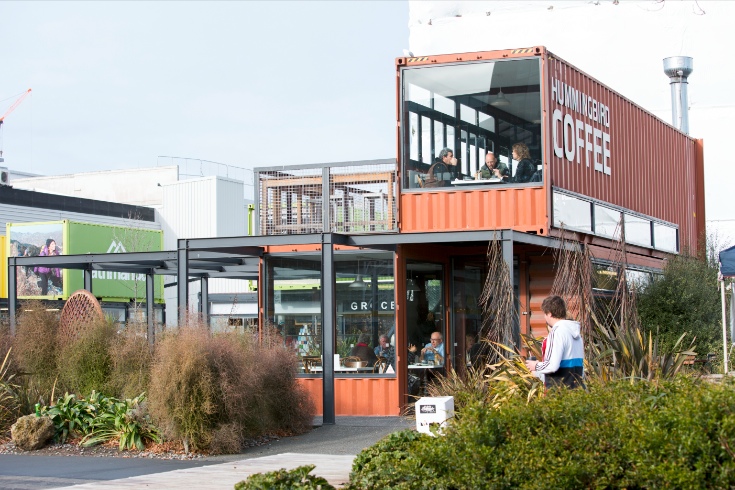
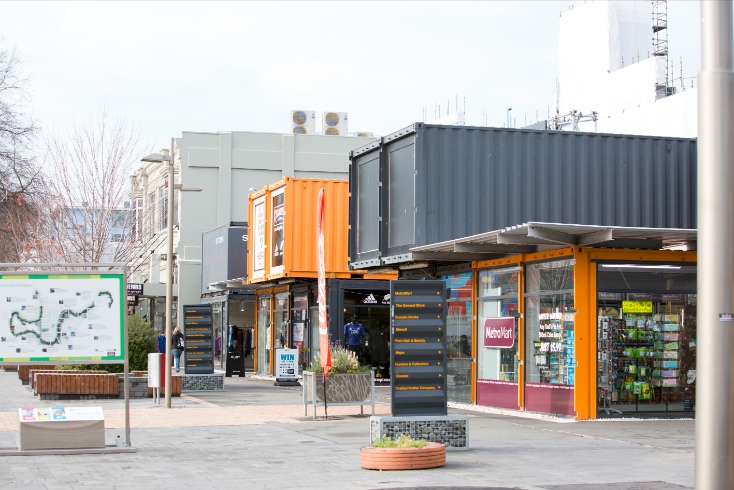

Leave a comment
2 Comments
Aug 4, 2015, 11:49:30 AM
Jake dunn - The photos are amazing... The way they show off those stunning trees is beautiful
Aug 4, 2015, 10:46:40 AM
Carole Klop - Your photos and story give me an unbelievable description of the aftermath of a devastating time for those that lived in Chrischurch at the time of the earthquake.